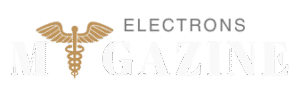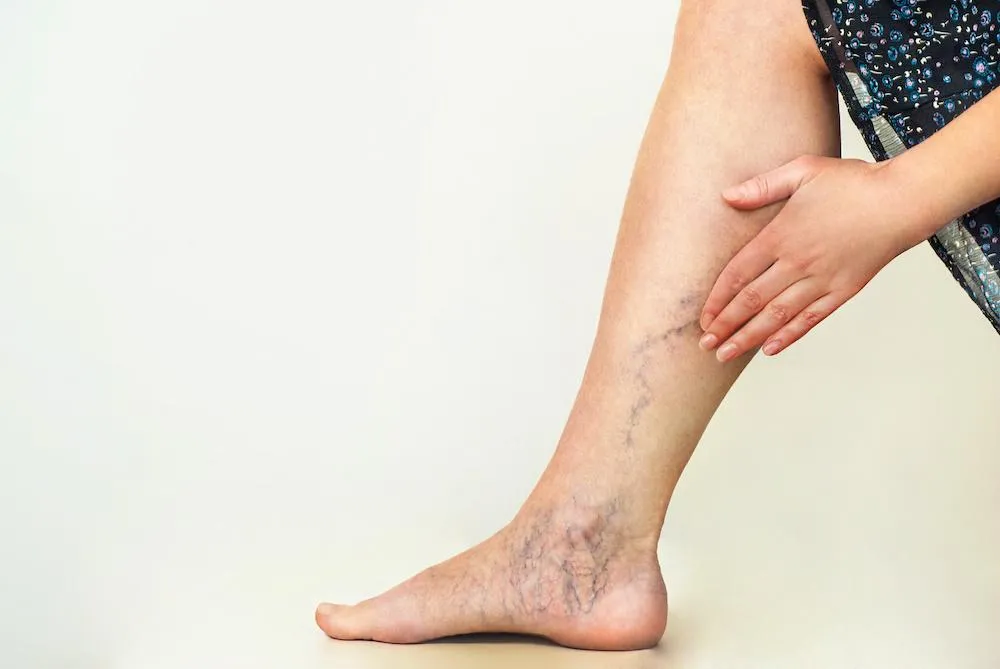Varicose veins affect many adults, often causing discomfort and changes in appearance. These enlarged, twisted veins usually occur in the legs, where blood flow can be challenged by gravity and pressure. While genetics and age play a role, lifestyle factors also influence the risk and progression of varicose veins. Exploring lifestyle modifications offers a practical approach to managing vein health and may reduce the likelihood of developing these visible vein issues.
How Do Varicose Veins Develop?
Veins have one-way valves that keep blood moving toward the heart. When these valves weaken or become damaged, blood can pool and cause the veins to swell and twist. This process leads to varicose veins, which can feel heavy, achy, or even painful for some. Understanding the mechanisms behind veins clarifies why certain lifestyle factors impact vein health.
Sitting or standing for extended periods increases pressure in leg veins, making it harder for blood to return to the heart efficiently. Excess weight adds additional strain on veins, while a sedentary lifestyle can reduce circulation overall. Conversely, improving circulation and reducing strain supports vein function and limits worsening of veins.
What’s The Role of Physical Activity?
Regular movement plays a key role in maintaining healthy veins. Muscle contractions, especially in the legs, act as a pump to help blood flow upward against gravity. Incorporating activities like walking or gentle stretching encourages circulation and can relieve venous pressure. Choosing low-impact exercise may be especially helpful for those already noticing signs of varicose veins. Swimming and cycling allow movement without adding excessive pressure on leg veins. While exercise alone doesn’t guarantee prevention, it contributes to overall vein health and comfort.
What About Maintaining a Healthy Lifesyle?
Body weight affects the pressure inside veins, particularly in the lower extremities. Carrying extra pounds increases venous pressure, which may accelerate valve weakening and vein dilation. By managing weight through balanced nutrition and physical activity, individuals support their circulatory system and may lower the risk of veins progressing. Diet also influences inflammation and blood vessel health. Consuming foods rich in antioxidants, fiber, and hydration supports vessel integrity and blood flow. Limiting salt intake reduces fluid retention, which can otherwise add strain on veins.
The daily routine impacts vein health. Occupations or habits involving long hours of standing or sitting challenge the veins’ ability to efficiently return blood to the heart. Taking breaks to walk or change positions can alleviate pressure buildup in the legs. Simple shifts such as elevating legs when resting help reduce venous pooling and promote circulation. Adjusting posture while seated also makes a difference. Crossing legs can impede blood flow, so sitting with feet flat and changing positions frequently encourages better venous return.
When Do I Seek Medical Advice?
Though lifestyle modifications help many individuals manage varicose veins, some cases require medical evaluation. Persistent pain, swelling, skin changes, or ulcers around the ankles may indicate more serious vascular issues. Consulting a healthcare provider, particularly a vascular specialist, can help determine if treatments beyond lifestyle changes are needed. Early consultation helps preserve vein function and prevent complications. Specialists can provide diagnostic assessments and discuss treatment options such as minimally invasive procedures when appropriate.
Pay Attention to Varicose Veins
Varicose veins arise from a combination of factors, including valve function, genetics, and lifestyle habits. By adopting modifications that promote healthy circulation, reduce venous pressure, and support vascular integrity, individuals can positively influence their vein health. Regular physical activity, weight management, posture adjustments, and avoiding tobacco use all contribute to lowering the risk and progression of these veins.


